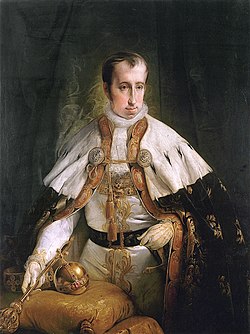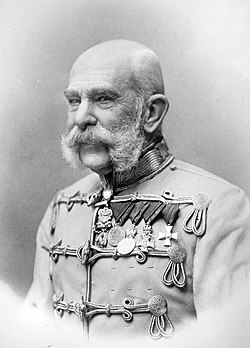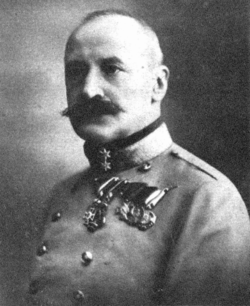
The Kingdom of Galicia and Lodomeria, a state under the Habsburg monarchy from 1772 to 1918, was ruled by several governors (later referred to by the title of statthalter) from the September 1772 Partitions of Poland until the dissolution of Austria-Hungary upon the conclusion of World War I in 1918. During this period, Galicia and Lodomeria was at first directly subordinate to the emperor of Austria and the government in Vienna before later being governed by the Diet of Galicia and Lodomeria based in Lemberg (modern day Lviv, Ukraine).































































